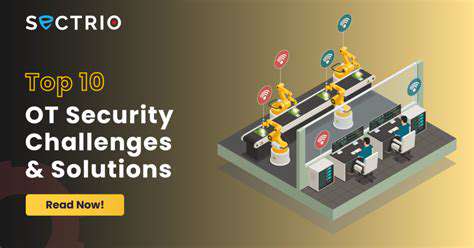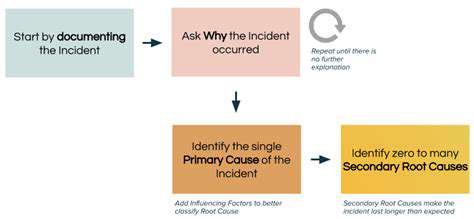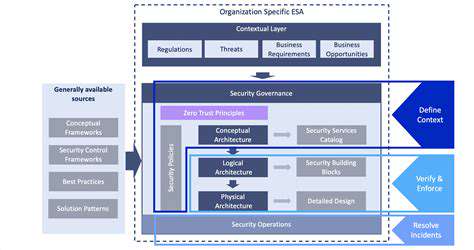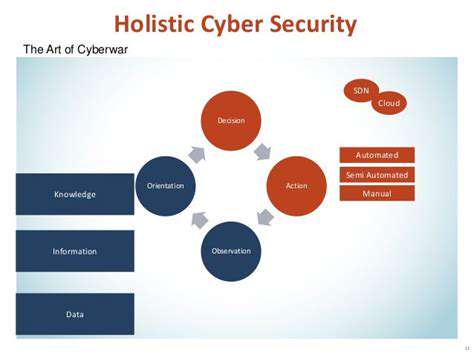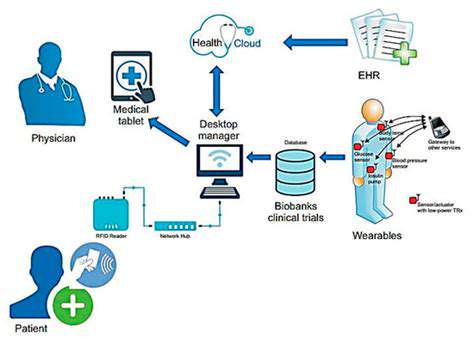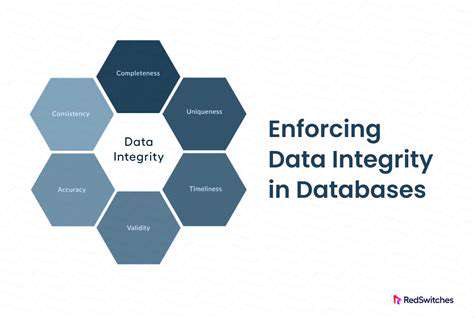Zero Trust: A Paradigm Shift in Security
Zero Trust security is a paradigm shift from the traditional network-centric approach to security. Instead of assuming trust within the network perimeter, Zero Trust operates on the principle of never trust, always verify. This means every user, device, and application, regardless of location, must be authenticated and authorized before gaining access to resources. This fundamentally changes the way organizations think about security, moving away from a static perimeter to a dynamic, continuous assessment of risk.
This shift is crucial in today's increasingly complex and interconnected world. With the rise of remote work, cloud adoption, and the proliferation of IoT devices, traditional security models are no longer sufficient. Zero Trust provides a more granular and adaptable approach, enabling organizations to respond more effectively to evolving threats.
Strengthening Resilience through Microsegmentation
Microsegmentation is a key component of Zero Trust architectures. By dividing the network into smaller, isolated segments, organizations can significantly limit the impact of a security breach. If a threat actor gains access to one segment, their ability to move laterally and compromise other parts of the network is drastically reduced. This granular control enhances the overall resilience of the system, enabling faster containment and recovery in the event of an incident.
Implementing microsegmentation requires careful planning and thorough understanding of network traffic patterns. However, the potential benefits in terms of security and operational efficiency far outweigh the challenges. It enables organizations to operate with a heightened sense of security and control in a dynamic environment.
Enhancing Identity and Access Management (IAM)
Zero Trust intrinsically mandates a robust Identity and Access Management (IAM) framework. Effective IAM goes beyond simple user authentication. It involves continuous monitoring of user behavior, device posture, and application usage to identify and mitigate potential risks. This continuous evaluation of access rights is vital in adapting to changing circumstances and preventing unauthorized access, even from trusted insiders.
The Role of Security Information and Event Management (SIEM)
Security Information and Event Management (SIEM) plays a crucial role in a Zero Trust environment. SIEM systems collect and analyze security logs from various sources, providing valuable insights into potential threats and incidents. In a Zero Trust model, SIEM data is critical for detecting anomalies, identifying unauthorized access attempts, and responding swiftly to emerging threats. This proactive approach to threat detection is essential for maintaining the resilience of the organization's security posture.
Integrating SIEM with other security tools and solutions is critical for achieving a comprehensive view of the security landscape, enabling organizations to respond effectively to a wider range of threats and vulnerabilities.
Continuous Monitoring and Adaptive Response
Zero Trust is not a one-time implementation. It's a continuous process of monitoring, adapting, and refining security policies. This involves constantly assessing risk, updating security controls, and adjusting access permissions based on real-time data and emerging threats. Organizations must be prepared to continuously evolve their Zero Trust strategy to maintain a strong security posture in a rapidly changing threat landscape.
Implementing and maintaining a robust Zero Trust framework requires a proactive and adaptable security approach. By embracing continuous monitoring and adaptive response, organizations can effectively mitigate risks, enhance resilience, and build a secure future.
The Future of Network Security: Embracing Zero Trust for a Secure Tomorrow

The Rise of AI in Network Defense
Artificial intelligence (AI) is rapidly transforming network security, offering unprecedented capabilities for threat detection and response. AI-powered systems can analyze massive volumes of data in real-time, identifying patterns and anomalies that human analysts might miss. This proactive approach allows security teams to anticipate and mitigate threats before they can cause significant damage. AI algorithms can also adapt to evolving threats, learning and improving their performance over time.
The implementation of AI in network security is driving significant advancements in areas like intrusion detection and prevention. AI algorithms can identify malicious traffic patterns with a high degree of accuracy, allowing for more targeted and efficient security responses. This ultimately leads to a more robust and adaptable network security posture.
The Expanding Threat Landscape
The digital landscape is constantly evolving, and so too are the threats that organizations face. Cybercriminals are employing increasingly sophisticated tactics to exploit vulnerabilities and gain unauthorized access to sensitive data. This includes the use of advanced persistent threats (APTs) and ransomware attacks, which can cause significant financial and reputational damage to businesses.
The increasing reliance on interconnected devices and cloud services creates new attack vectors. Protecting these expanding attack surfaces requires a more comprehensive and proactive approach to network security.
The Importance of Zero Trust Security
The traditional castle-and-moat security model, where the perimeter is the primary line of defense, is increasingly ineffective in today's interconnected world. Organizations must shift to a zero-trust security model, which assumes that no user or device inside the network should be implicitly trusted. This approach requires verifying every user and device, regardless of location or access level, making it more difficult for attackers to gain unauthorized access.
Implementing zero trust security requires a significant shift in mindset and infrastructure. It necessitates a comprehensive approach that extends beyond the traditional perimeter-based security measures. This paradigm shift is crucial for maintaining data security and protecting sensitive information in a constantly evolving threat landscape.
Securing the Future of IoT Devices
The proliferation of Internet of Things (IoT) devices presents a significant challenge to network security. These devices often have limited security capabilities, making them vulnerable to exploitation. Protecting this expanding ecosystem requires the development of secure protocols and robust security measures to mitigate the risks associated with these interconnected devices.
Addressing the security vulnerabilities in IoT devices is critical to preventing widespread attacks and protecting critical infrastructure. Furthermore, developing a secure architecture for IoT devices requires a holistic approach that considers both the hardware and software components.
